Cost of Building a Green Home
The cost of building a green home can vary widely due to numerous influencing factors such as square footage, finishes, land preparation, and foundation type. On average, you can expect to spend around $408,000 to $684,000 for a green home, with a typical cost of about $408,000. The wide price range reflects the diverse variables that impact the total cost. Whether you’re choosing green construction for its environmental benefits or because it’s a local requirement, understanding these factors will help you better estimate the overall expenses for your eco-friendly build.
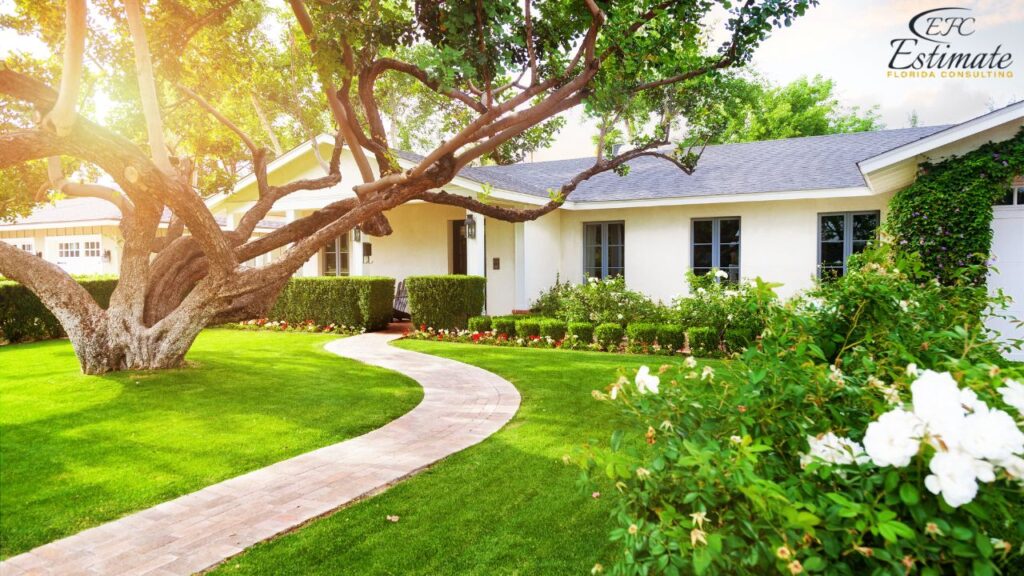
Building a Green Home Cost Factors
When building a green home, various factors influence the total cost. Understanding these can help you get a clearer idea of your budget.
Land and Preparation
Land costs are a significant factor in building a green home. If you already own land, you know the cost. If you’re still searching, costs will depend on factors like geographical location, lot size, proximity to schools, airports, commercial areas, and more. It’s advisable to select your plot before designing your home, as your blueprints will vary based on the property.
Land costs can range from $6,000 to $600,000 or more, significantly impacting your total expenses. Remember, these building costs don’t include land, as prices vary widely.
You might also need to pay for a land survey and land preparation, including clearing trees, leveling the plot, or excavating for the foundation. These costs, ranging from $2,400 to $14,400 or more, are included in our totals above.
Blueprint Costs
To get permits approved and provide custom home builders with plans, you’ll need a structural engineer and an architect to design and draw up structural drawings and detailed building plans. The cost for an architect averages around $2,160 but can range from $900 to $24,000.
Hiring an architect specializing in green homes is beneficial as they know which materials and components to use to make your home sustainable and energy-efficient.
Permits and Inspection Fees
Building a green home requires various permits and inspection fees, similar to a standard home. These typically cost around $1,800, with a range of $600 to $3,000 depending on the project’s scope.
Permits needed include:
- Electrical permits
- Plumbing permits
- HVAC permits
- Septic or public waste connection permits
- Fencing permits
- General building permits
Green homes may also require permits for solar panels or geothermal HVAC systems. These fees are included in the overall estimate.
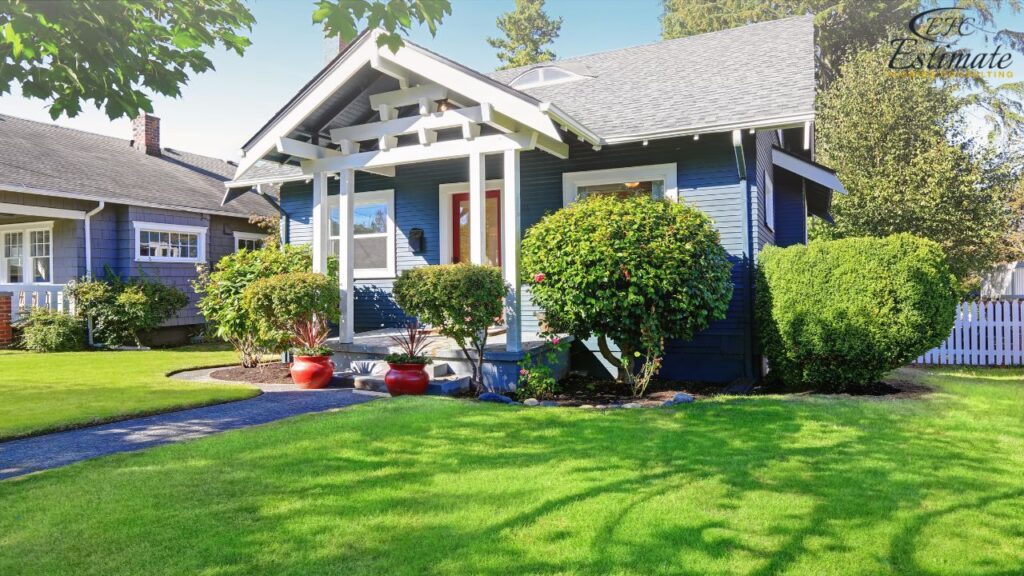
Labor
Labor costs will account for about 40% of your total expenses, ranging from $62,400 to $273,600, with an average of $163,200. This covers everything from foundation pouring and framing to interior finish work.
Generally, labor costs for green homes are comparable to traditional homes, but there are exceptions. For example, installing high R-value insulation like spray foam or rigid foam board insulation, which meets green standards, can take longer. Contractors may also need extra time to seal between framing and the foundation and between framing and sheathing to ensure airtight construction. Overall, labor costs for a green home may be 10% to 15% higher.
Foundation
Pouring a new foundation costs an average of $13,104, but your total will depend heavily on the footprint of your green home and the type of foundation you’re building. Typically, you can expect to pay between $5.76 and $53.28 per square foot for your foundation. Here’s a breakdown based on foundation type:
Foundation Type | Average Cost Per Sq. Ft. |
Basement | $24 to $53.28 |
Crawl Space | $8.64 to $25.92 |
Monolithic Slab | $5.76 to $20.16 |
Pier and Beam | $7.20 to $23.04 |
Stem Wall | $8.64 to $17.28 |
Considerations for Foundation Types:
- Pier and Beam Foundations: Use the least amount of concrete, making them more sustainable.
- Climate Constraints: Your choice might be limited based on your local climate. For example, basements are often necessary in cold climates to reach below the frost line.
- Insulation Challenges: Crawl spaces, basements, and pier and beam foundations can be harder to insulate. Slabs might be the best option in hot climates.
Consult your architect and builder, especially if they specialize in green homes, to determine the best foundation type for your project.
Framing
When it comes to framing the structural walls of your home, you have two main options: wood studs and bricks.
- Wood Studs: These are made of wood, so it’s essential to source them from a supplier committed to environmental sustainability. Framing usually costs between $28,800 and $72,000 with sustainable lumber.
- Brick Walls: Building brick walls for a green home costs between $24,480 and $57,600. Brick is often more affordable, provides better insulation than wood, has a longer lifespan, and is recyclable, making it a popular choice for green homes.
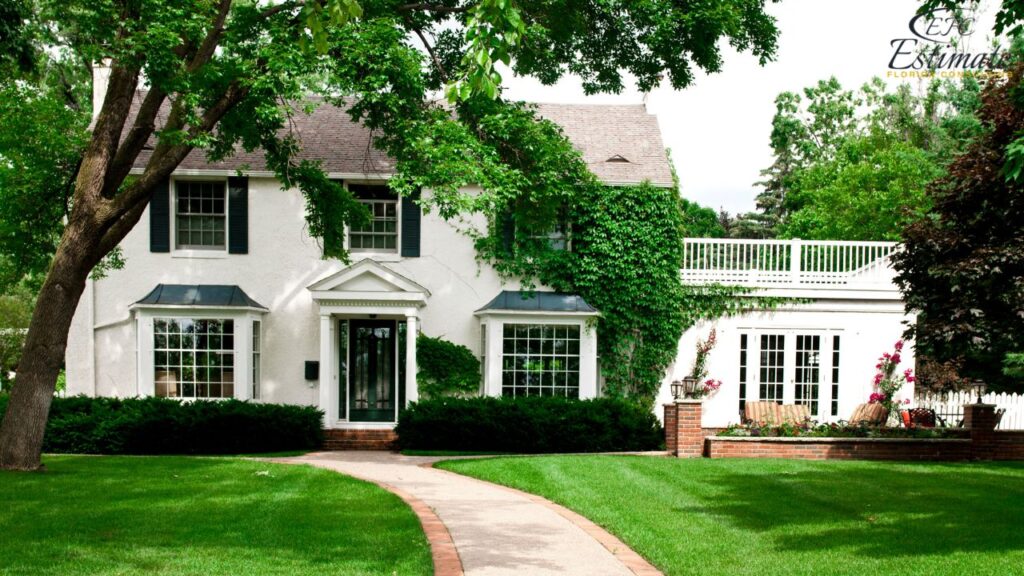
Exterior Finishes
With the foundation and framing complete, it’s time to focus on the exterior finishes for your green home. This includes roofing, siding, windows, and doors.
Roofing
The average cost for roofing a green home is around $11,040, but it can range from $6,000 to $60,000, depending on the size and material you choose. Here are some options, along with their average costs and insulative values:
Roof Material | Average Cost | Insulative Value |
Asphalt | $11,040 | Low |
Clay | $20,760 | Medium-High |
Metal | $13,680 | High |
Slate | $15,600 | High |
Wood | $24,000 | Medium |
- Asphalt: Common and suitable for green homes, often made from recycled materials and recyclable at the end of their life.
- Metal: 100% recyclable and reflective, making it ideal for sunnier climates.
- Clay: Natural and recyclable, offering good insulation.
- Slate and Wood: Natural materials but not fully recyclable. Wood provides moderate insulation.
Consult your builder to determine the best roofing material for your climate and sustainability goals.
Siding
The average cost for siding a green home is about $13,800, but this can vary widely based on the material. For a standard 2,000-square-foot home, costs range from $12,000 to $32,400 for vinyl or wood, and from $21,600 to $120,000 for brick or stone. Stucco siding typically totals around $16,800.
Siding Material | Average Cost for 2,000 sq. ft. Home |
Vinyl or Wood | $12,000 – $32,400 |
Brick or Stone | $21,600 – $120,000 |
Stucco | $16,800 |
When choosing siding, consider its thermal value. More insulative siding like stucco can enhance your home’s energy efficiency. The best siding for your green home depends largely on your local climate, so discuss options with your builder to find the most suitable material.
Windows
The average cost to install a window in a standard home is around $960, but for green homes, you’re likely looking at about $1,440 per window. Green home builders often choose more insulative frame materials, like fiberglass or wood clad, and might consider triple-pane glass over double-pane glass. Here’s a quick look at window prices based on materials and insulation:
Frame Material | Average Cost Per Window | Insulative Value |
Aluminum | $108 to $576 | Low |
Fiberglass | $720 to $2,160 | High |
Vinyl | $144 to $1,296 | Medium |
Wood | $216 to $1,872 | Medium-High |
Wood-clad | $360 to $2,880 | High |
Additional Insulation Options:
- Triple-pane glass: Adds $720 to $1,200 per window
- Low-emissivity (low-E) coating: Adds $360 to $1,200 per window
- Window tinting: Adds $720 per window
Download Template For Green Home Project Breakdown
- Materials list updated to the zip code
- Fast delivery
- Data base of general contractors and sub-contractors
- Local estimators

Doors
Exterior doors are important for maintaining energy efficiency. Fiberglass exterior doors provide better insulation than wood doors. Expect to pay between $720 and $2,400 per exterior door, with wood doors generally costing less than fiberglass.
Additional Considerations:
- Solid doors without glass: Better insulators and more common in green homes.
- Upgraded weatherstripping: Adds about $360 per door
Interior Finishes
When designing the interior of your green home, you have flexibility, as many choices play a smaller role in energy efficiency. However, some key decisions are crucial for creating a truly green home.
Insulation
Choosing the right insulation is one of the most important decisions for your green home. Maximizing the R-value can save money on heating and cooling bills over time, even if it comes at a higher upfront cost. Here are some options:
Insulation Type | Average Installation Cost | R-Value Per Inch |
Batts and Rolls | $1,200 to $2,880 | 2.9 to 3.8 |
Blown-In/Loose Fill | $1,170 to $2,640 | 2.2 to 3.8 |
Radiant | $1,800 to $2,400 | Reflective |
Rigid Foam Board | $1,200 to $4,800 | 3.6 to 8.0 |
Spray Foam | $2,400 to $4,800 | 3.8 to 8.0 |
Drywall
Drywalling a standard home typically costs between $3,600 and $7,200, which includes hanging the drywall, taping, and mudding. For a green home, expect to spend between $4,200 and $10,800.
The installation process is the same, but many choose thicker drywall for green homes to enhance soundproofing and insulation. Standard homes use 1/2-inch drywall on walls and 3/4-inch on ceilings, whereas green homes might use 3/4-inch or even 1-inch drywall throughout.
Drywall is one of the least sustainable building materials, so discuss eco-friendly options with your builder. Consider alternatives like EcoSmart from USG Sheetrock, which contains 100% USDA-certified biobased content.
Painting
Painting the interior of your green home will cost between $2,400 and $14,400, depending on square footage. Green home builders often choose paints with low concentrations of volatile organic compounds (VOCs) to minimize environmental impact.
Consider VOC-absorbing paint to improve indoor air quality. Although it might cost a bit more, the benefits to the environment and your health make it worthwhile.
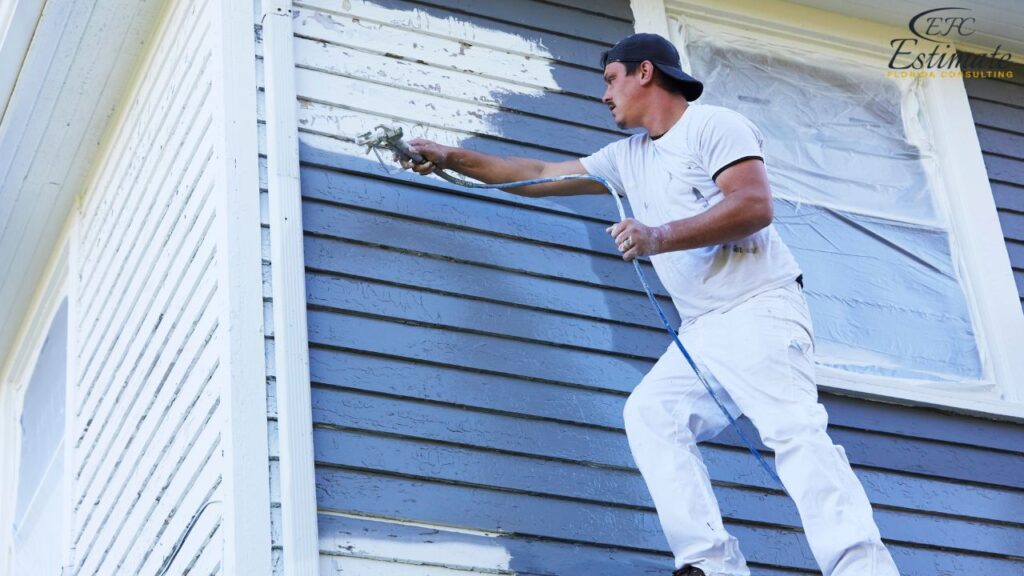
Flooring
Installing flooring will account for around $18,000 to $96,000 of your total home-building cost, including plywood subflooring and the flooring material itself. Here are some flooring options with their average installation prices per square foot:
Flooring Material | Cost Per Square Foot |
Carpet | $3.60 to $13.20 |
Concrete | $2.40 to $9.60 (to finish foundation) |
Engineered Wood | $4.80 to $19.20 |
Hardwood | $7.20 to $30 |
Laminate | $3.60 to $12 |
Stone | $7.20 to $24 |
Tile | $7.20 to $24 |
Vinyl | $3.60 to $8.40 |
For a green home, avoid carpet, laminate, and vinyl:
- Carpet: Technically recyclable, but the recycling infrastructure is limited.
- Laminate: Production involves adhesives that emit VOCs, harmful to the environment.
- Vinyl: Although recyclable, the process is complicated and energy-intensive.
Kitchens and Bathrooms
The average cost to install a kitchen in your green home is around $32,400, although this depends on the room size and the quality of materials you choose. Opting for sustainably sourced hardwood cabinets and natural countertops, like granite from an environmentally friendly source, are excellent ways to maintain a green home.
Installing a bathroom typically costs around $14,400, but this varies depending on the type of bathroom:
Bathroom Type | Typical Cost |
Powder Room | $1,800 to $12,000 |
Half Bath | $6,000 to $18,000 |
Full Bath | $8,400 to $36,000 |
Master Bath | $12,000 to $48,000 |
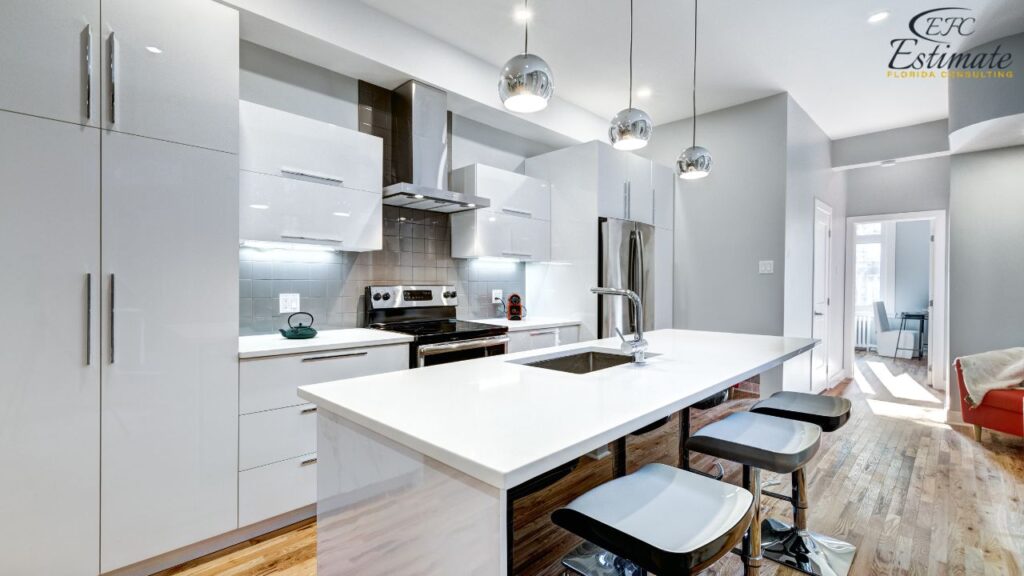
Like kitchens, you can choose sustainable building materials for bathrooms, such as ceramic tile, natural stone countertops, and sustainably sourced wood vanities.
Lighting and Electrical
You can expect to pay between $288 and $1,728 per lighting fixture in your green home, or a total of between $3,456 and $21,600.
Many people building green homes opt for smart light fixtures controlled by dimmers to conserve energy and maintain control over electricity consumption. Smart fixtures and dimmers will cost more than standard ones, usually adding between $576 and $4,320 to the overall cost.
Home Systems
When building a green home, consider the costs of essential systems such as plumbing, electrical, and HVAC.
Electrical
Installing an electrical system in your green home will average around $12,000. You can enhance energy efficiency with:
- Motion sensors for lights: $24 to $120 per fixture
- Timer switches for bathroom fans: $36 to $72 per bathroom
- Electric vehicle (EV) chargers: $840 to $2,640 (Level 2 charger)
- Smart controls for fixtures and appliances: $240 to $600 per room
Upgrading to renewable energy sources like solar panels is a significant way to maximize your home’s green credentials. Installing solar panels will add around $32,400, and batteries could add an additional $12,000 to $24,000. Though expensive, solar installations often pay for themselves through savings on electric bills and rebates for energy independence.
HVAC
Standard HVAC systems cost around $9,000, but high-efficiency HVAC equipment for a green home will likely range from $10,800 to $18,000.
Consider smart HVAC controls and thermostats to maximize efficiency. ENERGY STAR-certified heating and cooling equipment can reduce utility bills and maintain comfort. Additionally, ensure your builder properly seals the ducts to prevent air loss, which can significantly reduce efficiency.
Get 5 New Leads Next 7 Days With Our System
- Multi-Family House
- Single-Faimly House
- Modern House
- Duplex
- Ranch House
- Bungalow
Green Home Building Cost by Square Foot
On average, building a green home costs between $132 and $720 per square foot. This is higher than the cost for a standard home, which ranges from $120 to $600 per square foot. The increased cost is due to the use of environmentally friendly building materials, sustainably sourced products, and higher-quality processes that improve energy efficiency and seal the home better.
Building a Green Home: Ongoing Expenses
While building a green home is more expensive initially, the investment often pays off through utility savings. Here are some examples of potential savings:
- Higher-quality materials: Typically require less ongoing maintenance.
- Better insulation: Can reduce heating and cooling costs by around 18%.
- Efficient HVAC equipment: Can reduce annual heating and cooling bills by $168.
- Solar array: Can significantly reduce or eliminate electric bills.
- Low-flow faucets: Can save around 840 gallons of water per year.
- High-efficiency appliances: Can save up to 36% on water bills and use half as much electricity as traditional ones.
Despite these savings, green homes still have ongoing maintenance costs similar to traditional houses. Here are some expected maintenance expenses to keep your green home energy-efficient:
- Home energy assessments: $120 to $600 every one to two years
- Appliance maintenance and inspections: $120 to $360 annually
- HVAC tune-ups: $240 to $480 one to two times per year
- HVAC duct inspections: $180 to $600 once every three to five years
Investing in a green home not only benefits the environment but also leads to long-term savings and a more comfortable living environment.
Building a Green Home: Ongoing Expenses
While building a green home is more expensive initially, the investment often pays off through utility savings. Here are some examples of potential savings:
- Higher-quality materials: Typically require less ongoing maintenance.
- Better insulation: Can reduce heating and cooling costs by around 18%.
- Efficient HVAC equipment: Can reduce annual heating and cooling bills by $168.
- Solar array: Can significantly reduce or eliminate electric bills.
- Low-flow faucets: Can save around 840 gallons of water per year.
- High-efficiency appliances: Can save up to 36% on water bills and use half as much electricity as traditional ones.
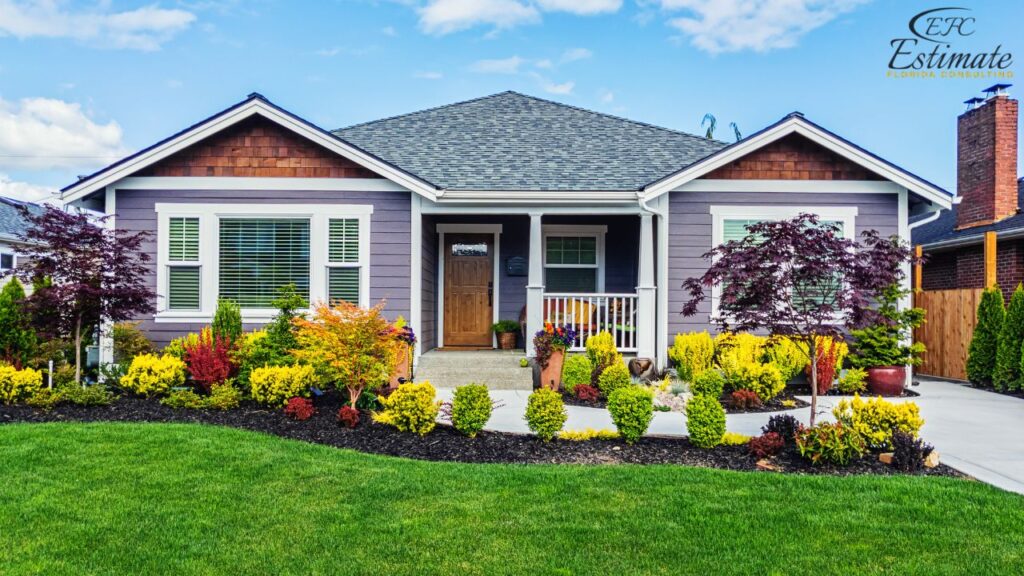
Despite these savings, green homes still have ongoing maintenance costs similar to traditional houses. Here are some expected maintenance expenses to keep your green home energy-efficient:
- Home energy assessments: $120 to $600 every one to two years
- Appliance maintenance and inspections: $120 to $360 annually
- HVAC tune-ups: $240 to $480 one to two times per year
- HVAC duct inspections: $180 to $600 once every three to five years
Investing in a green home not only benefits the environment but also leads to long-term savings and a more comfortable living environment.
DIY vs. Hiring a Pro
When building a home, whether it’s a standard house or a green home, it’s best to leave the process to professionals. The construction process is complex, and most municipalities require certified professionals for critical tasks like pouring foundations, roughing in plumbing, installing electrical wiring, and setting up septic systems.
Even if you’re an experienced DIYer, building a green home involves specialized skills and knowledge. You’ll likely need the expertise of a structural engineer, an architect, a general contractor, and various subcontractors, including plumbers, electricians, and HVAC technicians.
However, if you have some experience and want to save money on your green home build, you can handle some of the finish work yourself. Tasks like installing drywall, painting, putting up trim, and installing interior doors are manageable for a skilled DIYer.
It’s crucial to leave the insulation and exterior materials to professionals, as mistakes in these areas can significantly impact your green home’s energy efficiency. Professional installation ensures that your green home meets all standards for sustainability and efficiency, providing long-term benefits and cost savings.
Cost of Common Green Home Add-Ons
Green homes often prioritize efficiency, indoor air quality, and water quality. Here are some popular add-ons that homeowners choose to enhance the sustainability and comfort of their green homes:
- Whole-Home Air Filtration: Improve your home’s air quality and overall health with a whole-home air filtration system, costing around $3,000.
- Built-In Water Filtration System: Remove impurities and minerals from your water with a filtration system. A standard carbon filter system costs about $1,200, while a reverse osmosis (RO) filter system is around $4,800.
- Tankless Water Heater: These water heaters are 8% to 34% more efficient than standard tank models, according to the Department of Energy. They cost approximately $3,000.
- Smart Lawn Irrigation System: Conserve water with a smart lawn irrigation system that checks local weather reports before activating. This system typically costs between $3,600 and $8,400.
Investing in these add-ons can enhance your home’s efficiency, reduce utility costs, and contribute to a healthier living environment.
Conclusion
Building a green home involves a wide range of costs due to factors like square footage, finishes, land preparation, and foundation type. On average, you can expect to spend between $408,000 and $820,800 for a green home, with typical costs around $489,600. This range reflects the various elements that impact the overall expense. Whether you’re choosing green construction for environmental benefits or because it’s required locally, understanding these factors will help you better estimate the total costs for your eco-friendly build. The investment in sustainable materials and efficient systems often leads to long-term savings and a more comfortable, healthier living environment.
FAQs
The cost of building a green home can vary widely due to numerous factors such as square footage, finishes, land preparation, and foundation type. On average, you can expect to spend around $408,000 to $684,000, with a typical cost of about $489,600.
Land costs can range from $6,000 to $600,000 or more, depending on location and other factors. Additional land preparation costs, including clearing trees, leveling the plot, or excavating for the foundation, can range from $2,400 to $14,400 or more.
Hiring an architect and a structural engineer to design and draw up building plans typically costs around $2,160, but this can range from $900 to $24,000, especially if they specialize in green homes.
Building a green home requires various permits and inspection fees, which typically cost around $1,800, with a range of $600 to $3,000, depending on the project’s scope.
Labor costs account for about 40% of your total expenses, ranging from $62,400 to $273,600, with an average of $163,200. This includes everything from foundation pouring and framing to interior finish work.
Pouring a new foundation costs an average of $13,104, but can range between $5.76 and $53.28 per square foot, depending on the foundation type and the footprint of your home.
Framing with sustainable lumber usually costs between $28,800 and $72,000, while building brick walls for a green home costs between $24,480 and $57,600.
Google Reviews

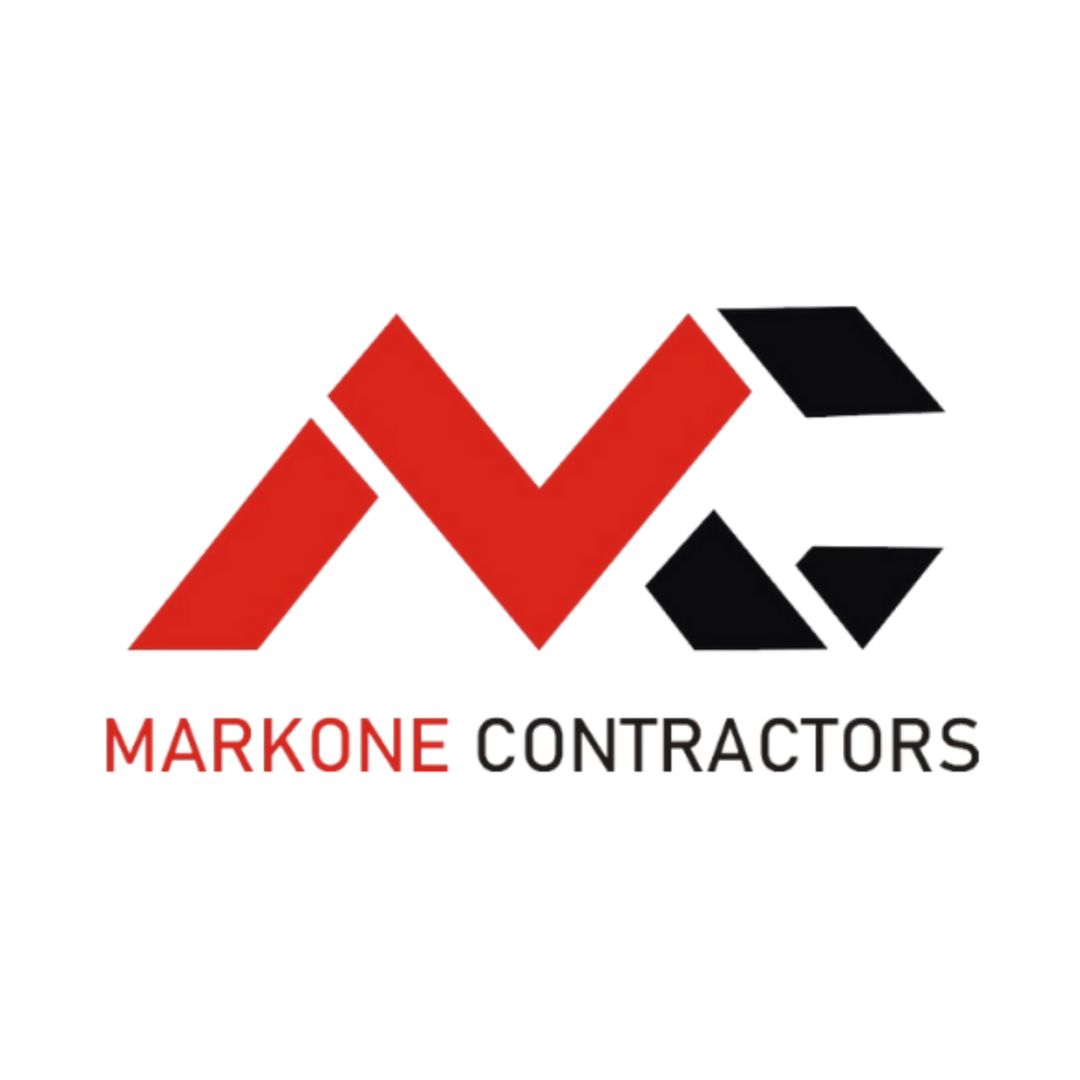

Process To Get Green Home Cost Estimate Report
Here I am going to share some steps to get green home cost estimate report.
-
You need to send your plan to us.
You can send us your plan on info@estimatorflorida.com
-
You receive a quote for your project.
Before starting your project, we send you a quote for your service. That quote will have detailed information about your project. Here you will get information about the size, difficulty, complexity and bid date when determining pricing.
-
Get Estimate Report
Our team will takeoff and estimate your project. When we deliver you’ll receive a PDF and an Excel file of your estimate. We can also offer construction lead generation services for the jobs you’d like to pursue further.

